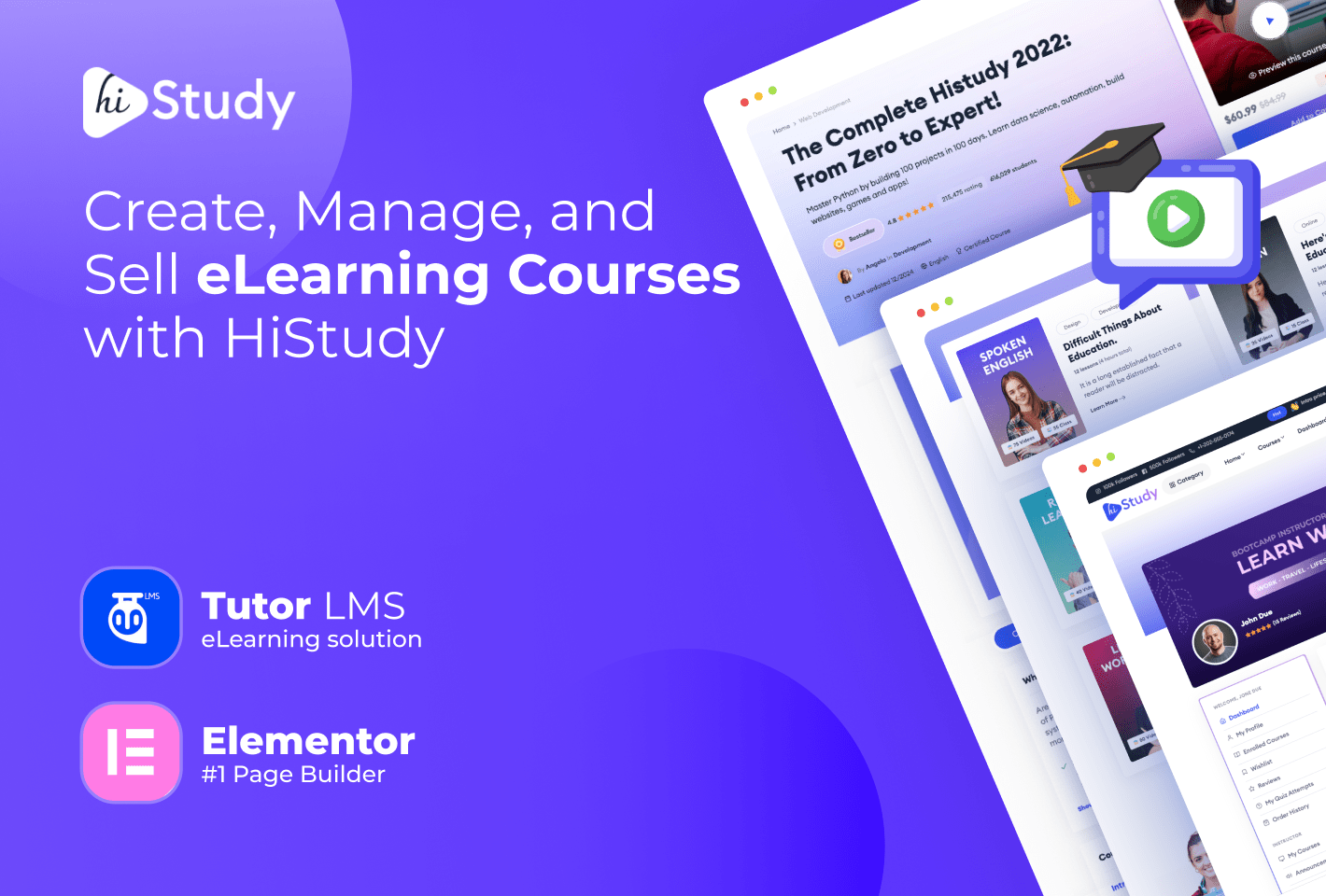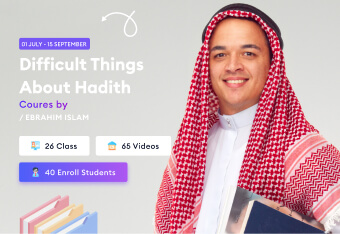This unit explains how search engines discover, store, and rank content—covering crawling, indexing, and result ordering—then applies these basics to mindset, on‑page and off‑page optimization, measurement, Google update awareness, and app store optimization. The focus is on practical, employment‑ready skills and simple tools to monitor, diagnose, and improve visibility.
Learning objectives
-
Explain the three core processes of search engines—crawling, indexing, and ranking—and why freshness requires regular re‑crawling.
-
Apply on‑page SEO techniques (intent‑aligned keywords, metadata, headings, internal links, page speed, mobile) to make pages discoverable and indexable.
-
Plan off‑page SEO for authority building (quality backlinks, digital PR, brand mentions) while avoiding manipulative tactics.
-
Measure SEO with essential tools and KPIs, and interpret trends to guide next actions.
-
Track major Google updates and adapt content and technical practices accordingly.
-
Outline App Store Optimization basics for app listing discovery and conversion.
Program information
-
Information about the Programme: This SEO unit sits within the Digital Marketing program, building core organic visibility skills that complement paid media, content, and analytics modules. It emphasizes fundamentals that persist across algorithm changes and platforms.
-
Purpose of this Programme: Enable learners to drive sustainable, compounding traffic by aligning content with user intent, making sites technically accessible, and earning authority ethically—skills that translate directly to marketing roles.
Session outline
-
Mindset for SEO: User‑first, intent‑driven, long‑term compounding; think in terms of topics, internal links, and crawl paths.
-
On‑Page SEO: Keyword mapping, title/meta best practices, H1–H3 structure, schema basics, media optimization, internal linking, Core Web Vitals/mobile.
-
Off‑Page SEO: Link earning through value content, outreach, partnerships, and PR; E‑E‑A‑T signals; brand entities.
-
Measuring SEO Efforts: Google Search Console, GA4, and rank/visibility snapshots; KPIs such as impressions, clicks, CTR, average position, indexed pages, non‑branded vs branded, conversions.
-
Google’s SEO Updates: Follow Search Central and align to Search Essentials; prioritize helpful content, accessibility, and site health rather than “tricks.”
-
App Store Optimization: Keywording titles/subtitles, description and visuals, ratings/reviews, and conversion elements for app listings.
Key concepts explained
-
Crawling: Bots discover URLs by following links and sitemaps; robots.txt and internal links control discoverability.
-
Indexing: Discovered pages are parsed and stored in the search index; only indexed pages can appear in results.
-
Ordering/Ranking: Algorithms evaluate relevance, quality, and experience to order results; results are delivered from the index, not the live page, which is why refresh via re‑crawling matters.
Recommended references
-
Website Grader: quick diagnostics for technical/on‑page checks.
-
Google SEO Starter Guide (must‑read).
-
Beginner SEO guides and checklists to reinforce fundamentals.
Learning outcomes By the end, learners can:
-
Audit a page for crawl/index blockers and basic on‑page gaps, then fix them.
-
Build a small internal linking plan and sitemap strategy to improve coverage.
-
Propose two ethical off‑page initiatives for authority.
-
Set up GSC/GA4, read index coverage and query reports, and pick one KPI target for the next 30 days.
Module mapping
Soft skills
-
Communication and presentation: Justify design decisions using a named framework (Usability, CCD, Three Questions, Segments) during the audit and mini‑CRO pitch; practice concise rationale and visual annotation.
-
Critical thinking and problem solving: Diagnose friction above the fold, prioritize high‑impact changes, and frame a clear hypothesis for A/B testing.
-
Collaboration and leadership: Run group audits, assign roles (UX lead, copy lead, analyst), and align on a single recommendation; facilitate constructive critique.
-
Professional grooming and online presence: Translate audit work into a portfolio case with before/after mocks and a short write‑up suitable for LinkedIn or interviews.
Employment
-
Role alignment: Web/UX assistant, junior CRO analyst, landing page specialist, content/SEO associate; deliverables include page audits mapped to frameworks, annotated wireframes, and a test plan with metrics.
-
Tool competence: Comfort with simple page inspection, mobile emulation, screenshot annotation, and structured documentation to hand off to designers/developers.
-
KPIs awareness: Define success with conversion rate, AOV, form completion, scroll depth, and total value per session, not just clicks.
Entrepreneurship
-
Lean experimentation: Propose low‑cost page changes and simple tests to validate offers, CTAs, and layouts before investing in full redesigns.
-
Client value articulation: Convert audits into clear proposals with scope, expected impact, and basic ROI logic for freelancers and founders.
-
Repeatable playbooks: Package a checklist for homepage/landing reviews by framework to reuse across projects and niches.
Simple practice task
-
Run Website Grader or GSC on one URL, list 3 on‑page fixes and 1 internal linking improvement, submit before‑after title/meta and a 30‑day KPI.
Reference Website Links
- http://www.websitegrader.com
- https://cdn2.hubspot.net/hub/53/file-13204607-pdf/docs/introduction-to-seo-ebook.pdf
- https://www.gartner.com/en/marketing/research/the-digital-marketing-transit-map
- https://www.clickz.com/the-digital-marketing-landscape-visualizing-the-5-locations-of-todays-customer-journey/262781/
Reference Books Links
- https://oiipdf.com/the-art-of-seo
- https://books.google.co.in/books/about/Search_Engine_Optimization_Bible.html?id=2Gz-CAAAQBAJ&redir_esc=y
- https://books.google.co.in/books/about/The_Art_of_SEO.html?id=4VvOLL4KIesC&redir_esc=y
- https://books.google.co.in/books/about/Introduction_to_Search_Engine_Optimizati.html?id=iCopDwAAQBAJ&redir_esc=y






